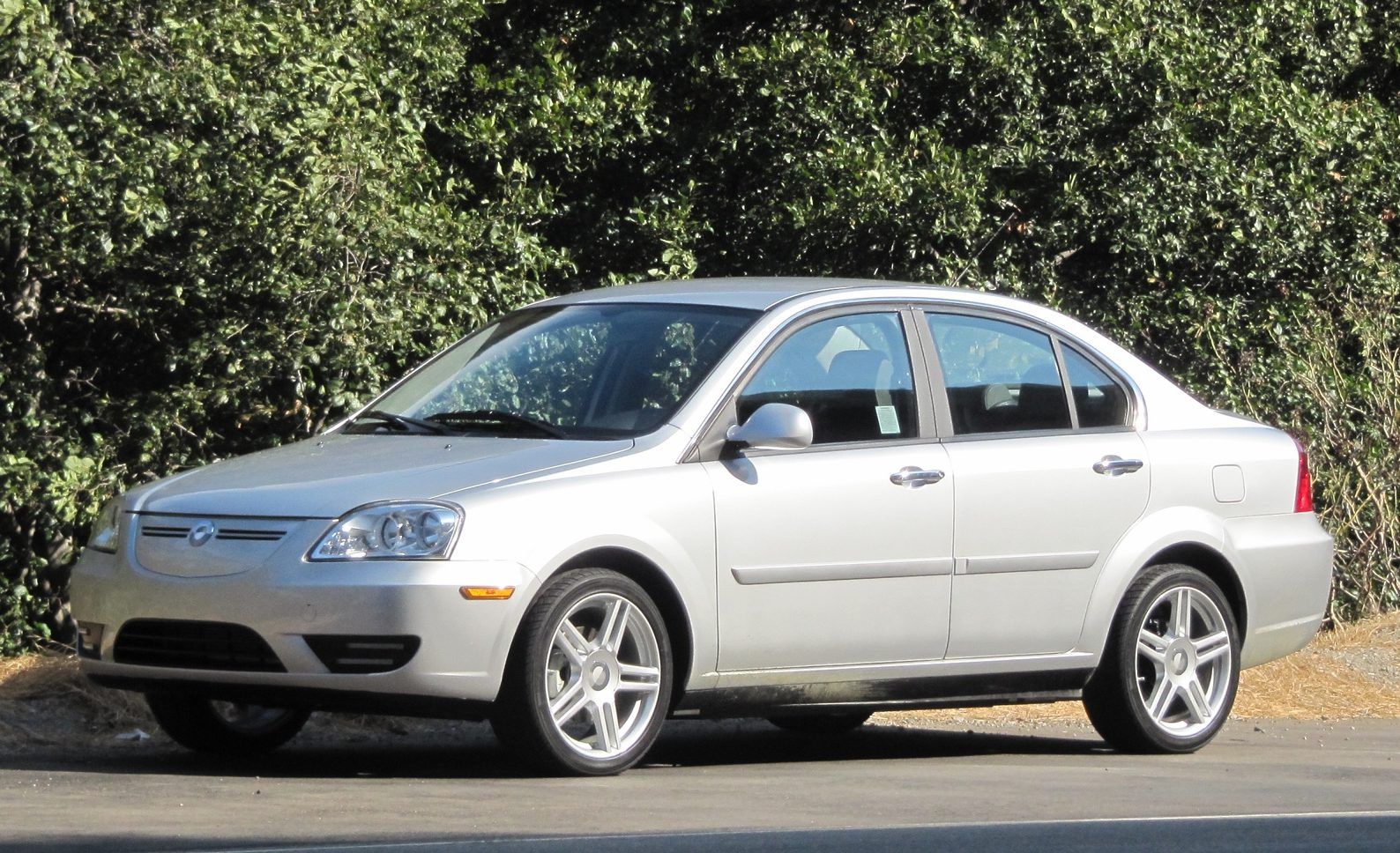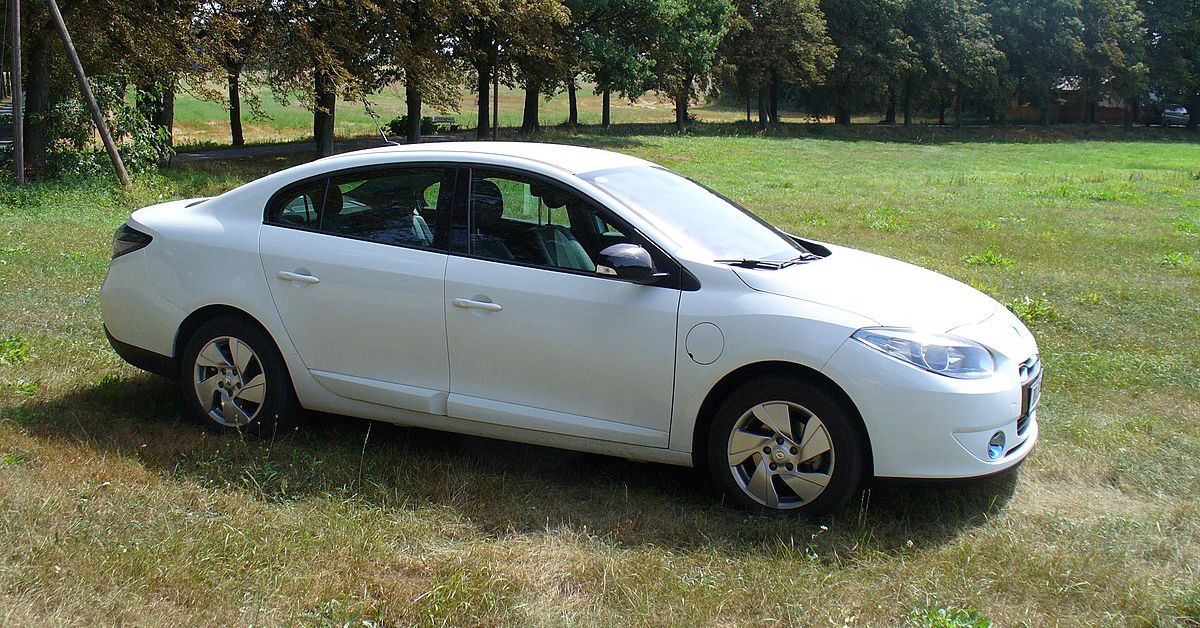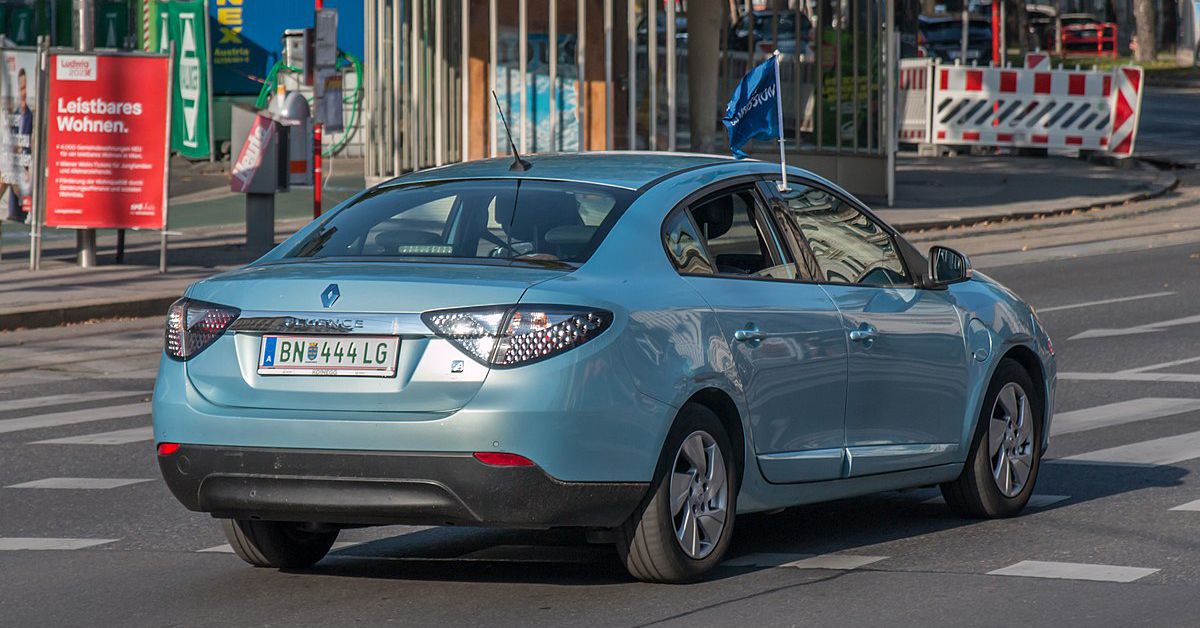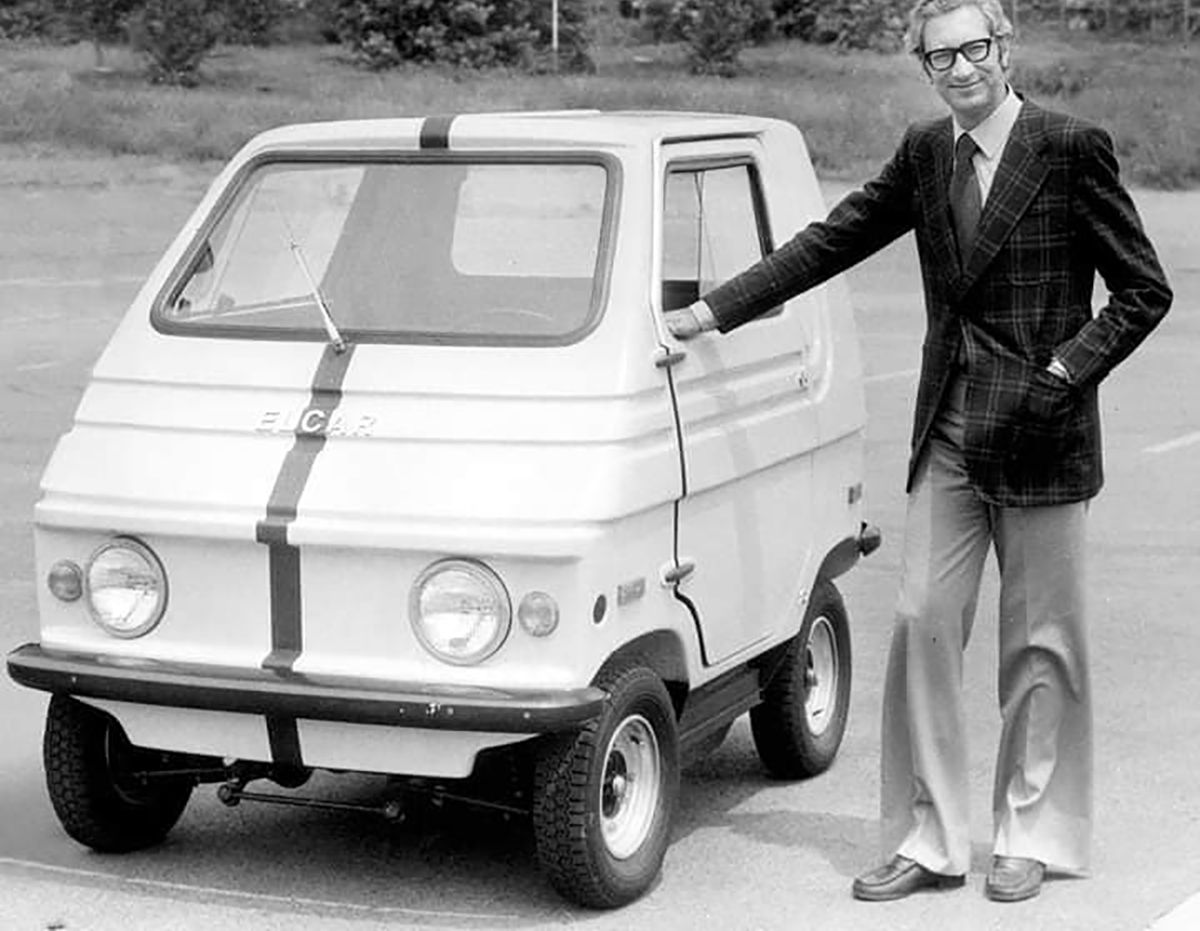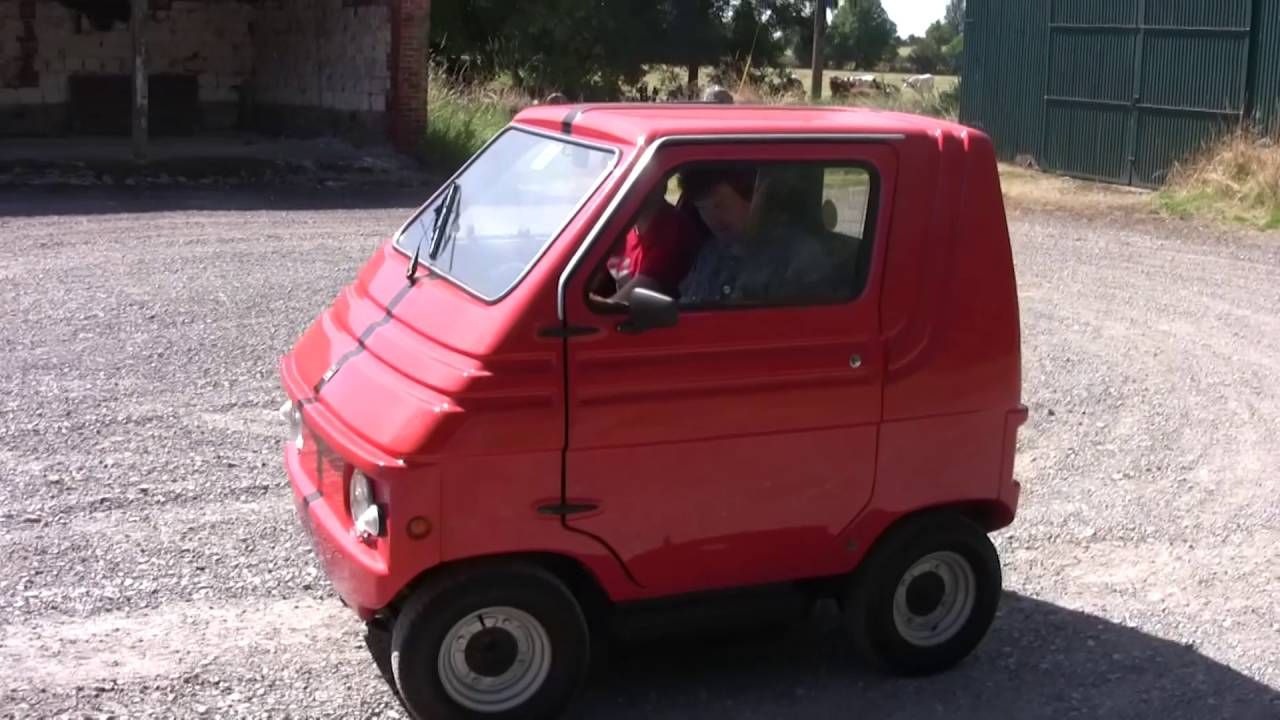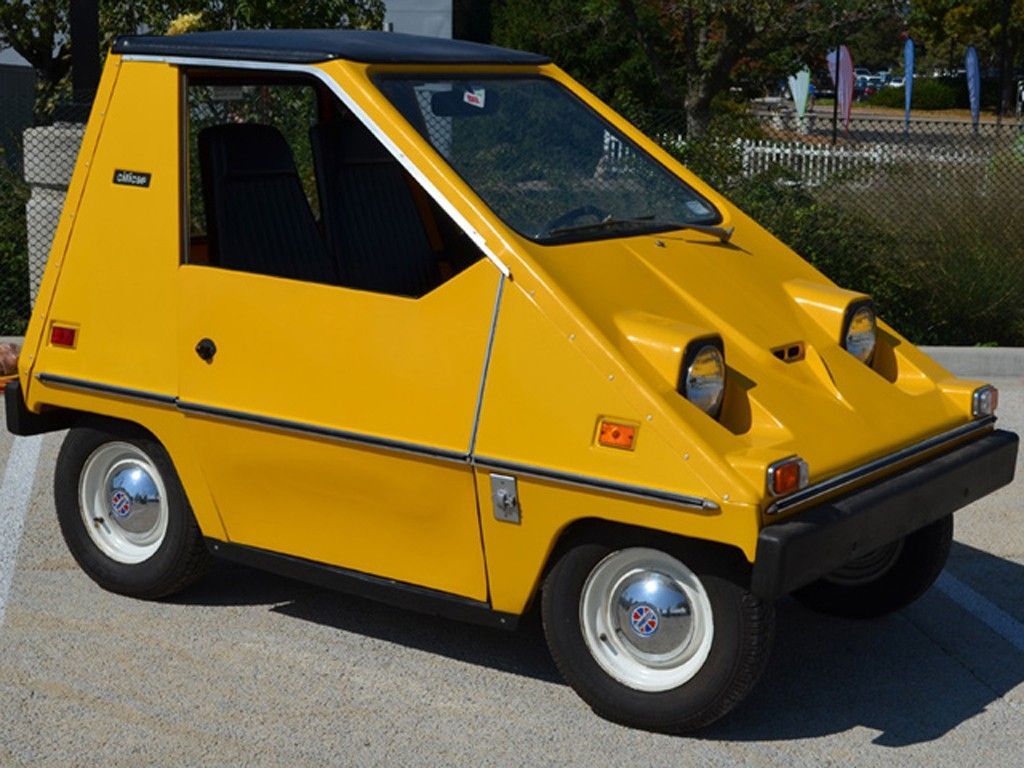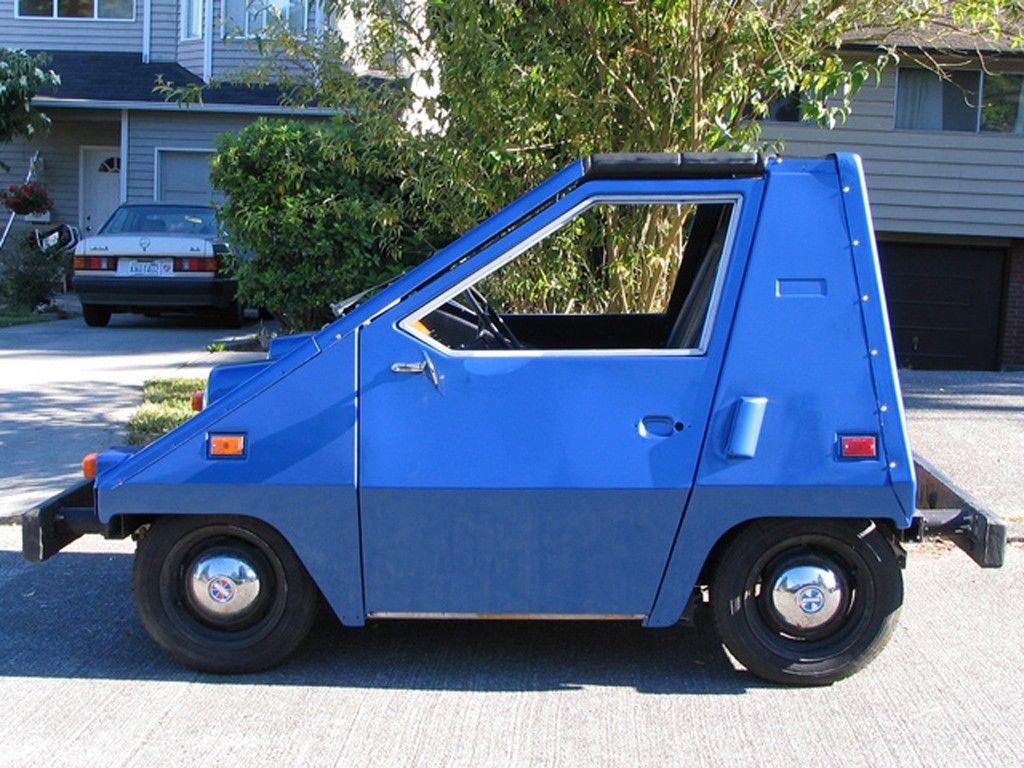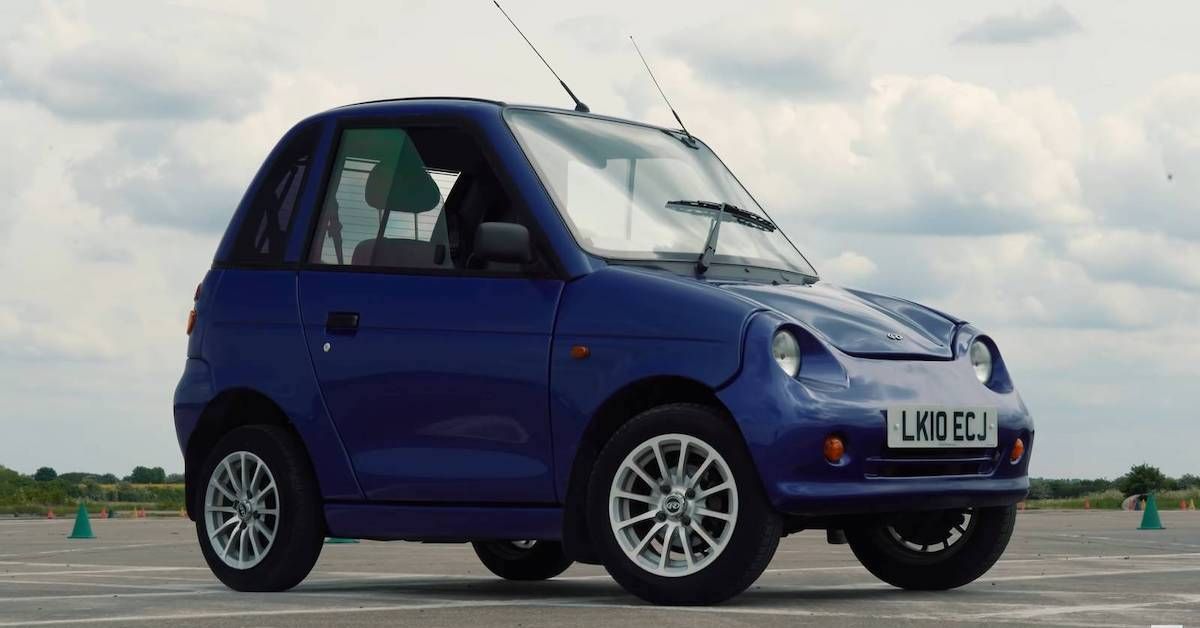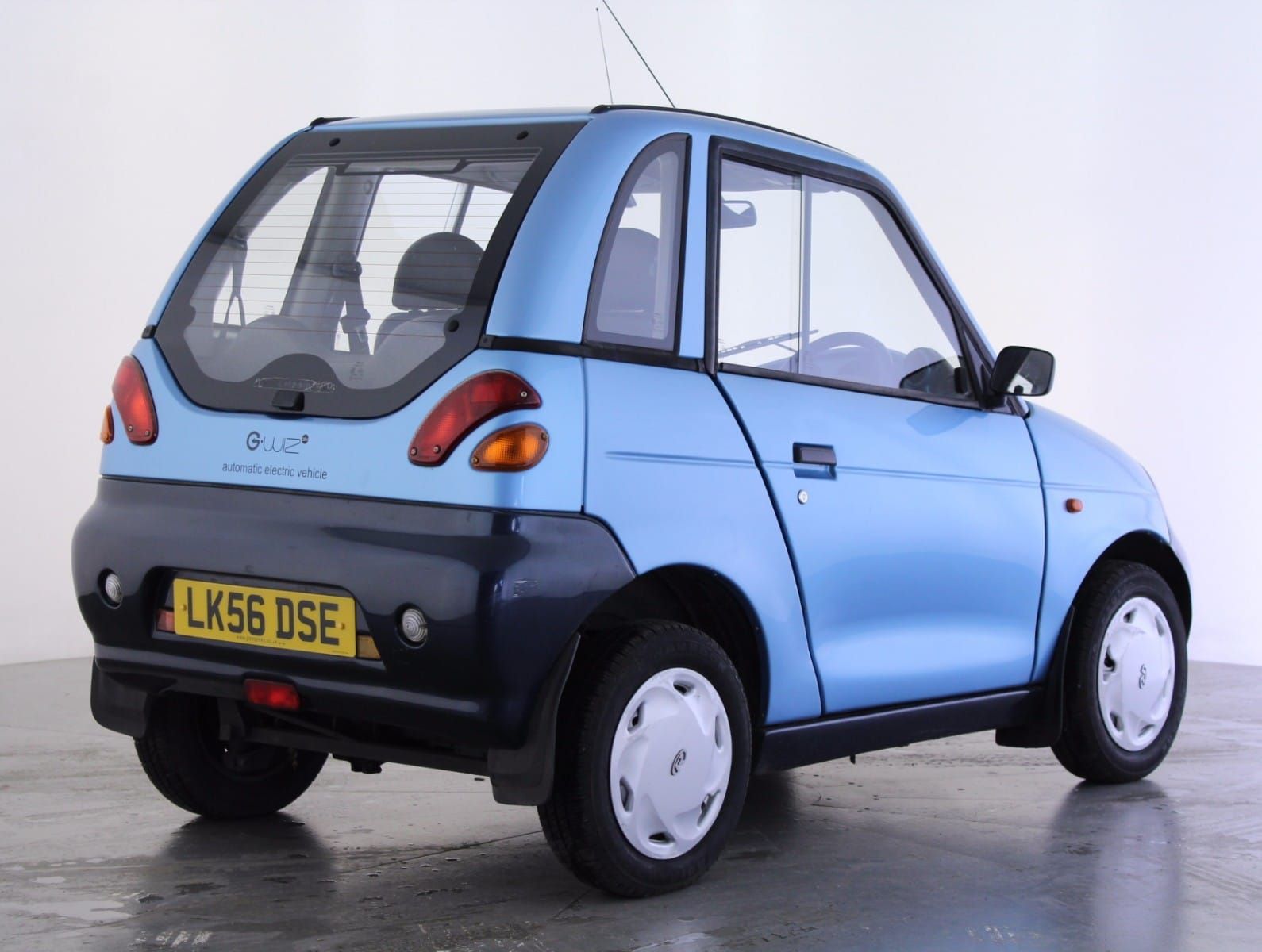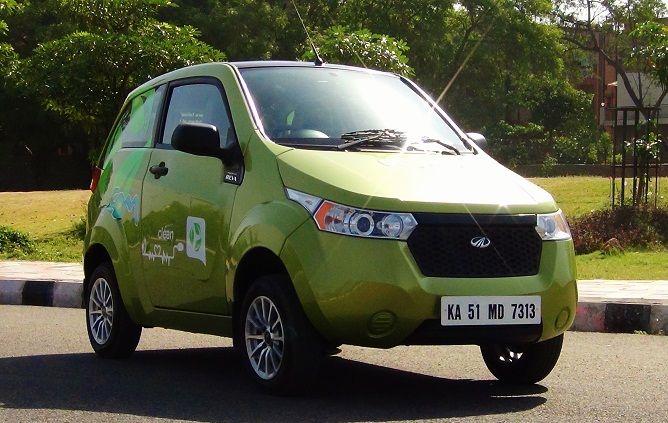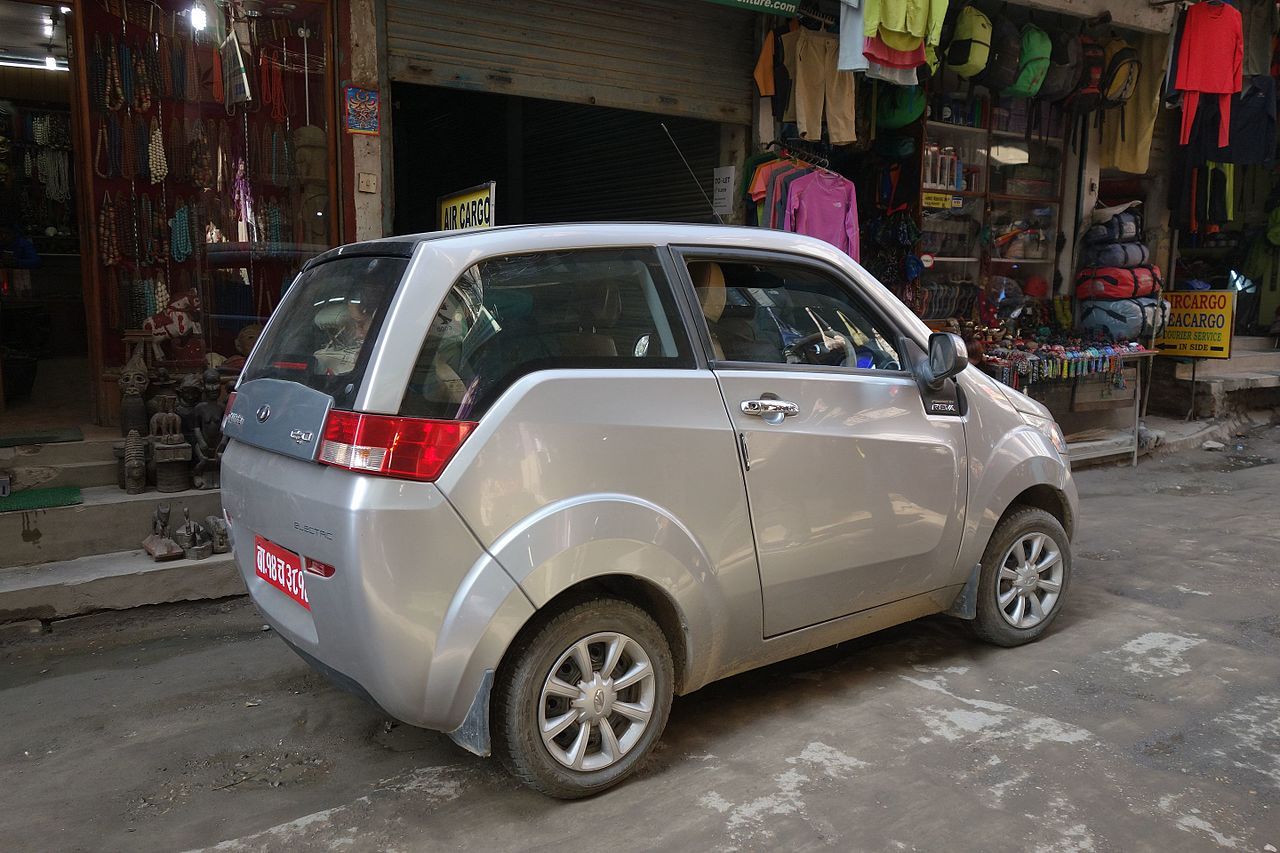Since the turn of the 21st century, electric cars have made a serious comeback. Almost every manufacturer is ditching internal combustion engines and gearing towards full electrification, thanks to Tesla, the world’s best-selling EV manufacturer. However, the car-buying public doesn’t realize that electric cars have been running since the late 1800s. In 1897, most London Taxis were the Walter Bersey’s electric cabs. Well, that’s before gasoline-powered cars supplanted them.
Like every other technological innovation, the rise of EVs was through trial and error. Different companies tried their hands at the zero-emission cars; some made a name for themselves with amazing concepts, while others tarnished their brands by running them to the ground, never to be heard again. So, it comes as no surprise that the electric vehicle world has had its equal share of errors. Here are 10 EVs that didn’t age well at all.
10 Gurgel Itaipu E150
The Itaipu E150 was a two-door electric car manufactured in Brazil by Gurgel during the 70s. It was a good thing that the car never went into full production, as it turned out to be rubbish and scrappy – labeled Brazil’s ugliest car ever. The design was a turnoff, as was the car’s performance.
In terms of raw speed, the Gurgel Itaipu E150 was a sloth; the first prototypes approximated a poor 19mph, and later models only managed 37mph. On the road, the boxy EV experienced stability issues. Night driving was a nightmare as the headlights consumed all the energy, making walking a better alternative.
9 Corbin Sparrow
We are of the idea that a car can’t get uglier than the Corbin Sparrow. Produced between 1999 and the early 2010s, the Sparrow was a single-seater three-wheeled personal electric vehicle (PEV) designed for city and neighborhood driving.
The minicar could cover 20 to 40 miles at full charge and hit a top speed of 70mph. Lead-acid batteries initially powered it before swapping them for the modern lithium-ion battery pack. Despite its ugly design, the Corbin Sparrow was worth $29,995 in 2008.
8 Think City EV
Produced between 2008 and 2012 by Think Global, many things dented the success of Think City. It was among the pioneers of the first certified, crash-tested, and mass-produced electric cars in the world, but came at a time when Teslas and BMW i3s were flooding our charging stations.
Secondly, the company overpriced the small EV, slapping it with a hefty $36,000 price tag, and the best the car could offer was 99 miles on a full charge at a sluggish 68mph top speed. The Norwegian company filed for bankruptcy in 2011, ceasing production of the city car. A blessing in disguise? Probably.
7 ZENN EV
ZENN, or Zero Emission, No Noise car, was a two-seater EV produced by Canada’s ZENN Motor Company from 2006 to 2010. To many, the car should never have left its concept room. By the time the company terminated production of the ZENN in 2010, only 500 units were sold in a span of three years.
Designed as a neighborhood EV, ZENN traveled up to 40 miles and was limited to a top speed of 25mph. It made no sense to spend $12,000 for such a disappointing performance.
6 Coda Electric Sedan
Yeah, the Coda possesses that average, good-looking American sedan vibe, but that’s the only positive thing about this EV. It was manufactured by Coda Automotive in 2012 following several reschedules. Only 117 units made it to their owners' hands in California before the company filed for bankruptcy in 2013.
Due to safety concerns with the side curtain airbags, all 117 units sold were recalled. The Coda’s 31 kWh battery pack could only go for 88 miles, and despite this lackluster performance, it cost owners $37,250. Luckily, the few cars left lingering in the production line didn’t end up in a salvage yard; Mullen Technologies Inc bought them and were rebranded to Mullen 700e.
5 Renault Fluence ZE
Without a doubt, Renault is one of the best car manufacturers, but the same can’t be said about this Renault Fluence Z.E. Anyone would be forgiven for being deceived by its fair looks. It was the first modern EV to feature the battery swapping technology; little did they know this innovative technology would be their downfall.
The underwhelming 22kWh battery had a travel range of 115 miles and propelled the Fluence Z.E to a top speed of only 84mph. Better Place network that supplied battery swapping technology went bankrupt in 2013 following the car’s mediocre sales. Add that to the car’s depreciation value of 73%, and you’re left with nothing to like about the Fluence Z.E.
4 Zagato Zele/Elcar
The Zagato Zele was an Italian electric microcar sold in the American market as Elcar from 1974 to 1976. The Italian design company (Zagato) was popular for its beauty and performance, something that didn’t reflect on the ugly designed Elcar.
The fiberglass body had visible gaping seams. The fragile suspension – borrowed from the Fiat – would disassemble if you braked too hard. Riding in the passenger cabin was rendered unsafe as you would close to a box of lead-acid batteries. With a top speed of about 25mph, we can attribute that Zagato gave it their best shot, but still, the car was a total failure.
3 Sebring-Vanguard Citicar
Ugly shape, right? That’s what you get when a golf cart inspires a car’s design. Citicar EV was produced by a Florida–based Sebring-Vanguard Inc from 1974 to 1977 in response to the fuel crisis during the 70s.
The wedge-shaped car was the most common EV assembled in North America since 1945 before the Tesla Model S dethroned it. The ride quality was not badly off, but its performance was far from it – it could only take you as far as 40 miles and top out at 50mph.
2 Reva G-Wiz
The G-Wiz was produced by Reva Electric Car Company (an Indian manufacturer) between 2001 and 2012. From design to performance, the G-Wiz was a failed project. Auto Express magazine conducted a poll, and it came as no surprise that the tiny car was crowned the "Worst Car Ever In Britain."
In many countries, the G-Wiz was considered a heavy quadricycle or neighborhood EV, as it couldn’t meet the qualities of a highway-capable motor vehicle. By the time it was discontinued in 2013, a total of 4,600 units were sold.
1 Mahindra E2O
The Mahindra e20 succeeded the G-Wiz, but this time came as a bigger two-door four-seater hatchback. It featured modern technology and smartphone-controlled features that allowed users to operate the air conditioning and lock the car.
All these features couldn’t save the poor Mahindra as it was underpowered. It was retired from the UK market in 2017 following poor sales. All cars were later recalled, and the owners refunded their full amount. Who in the right mind would even consider buying a car that accelerates from 0-50mph in 18 seconds!

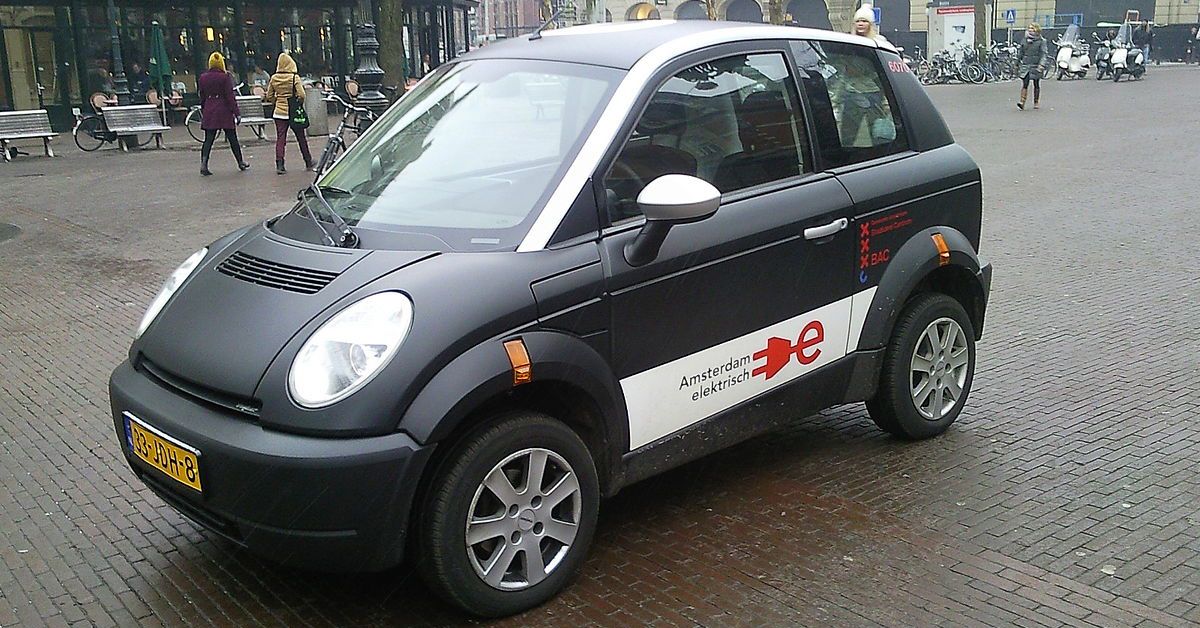
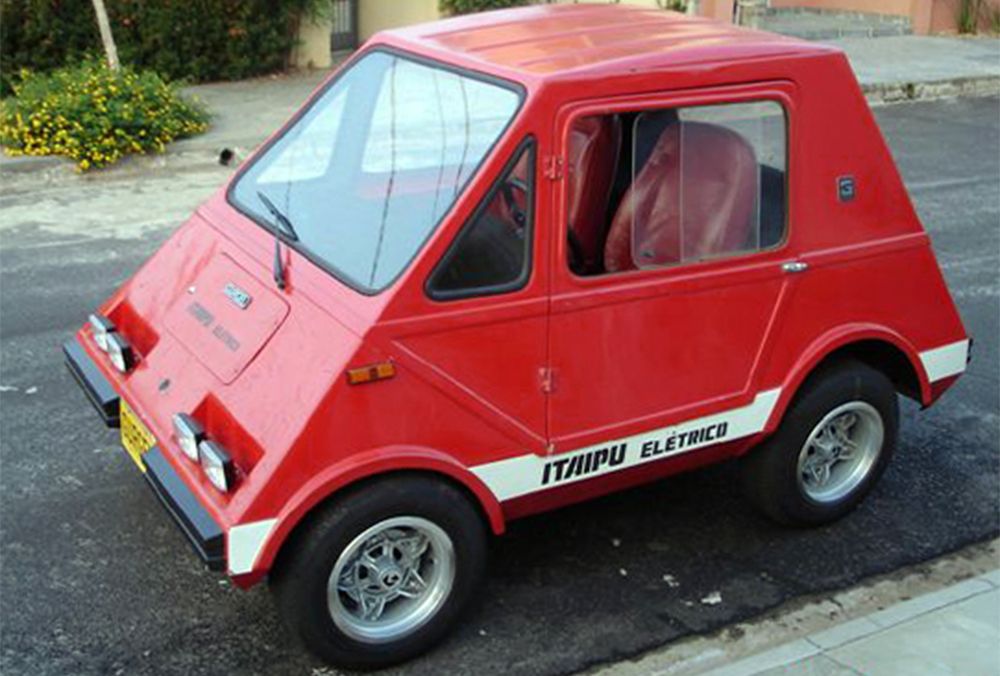
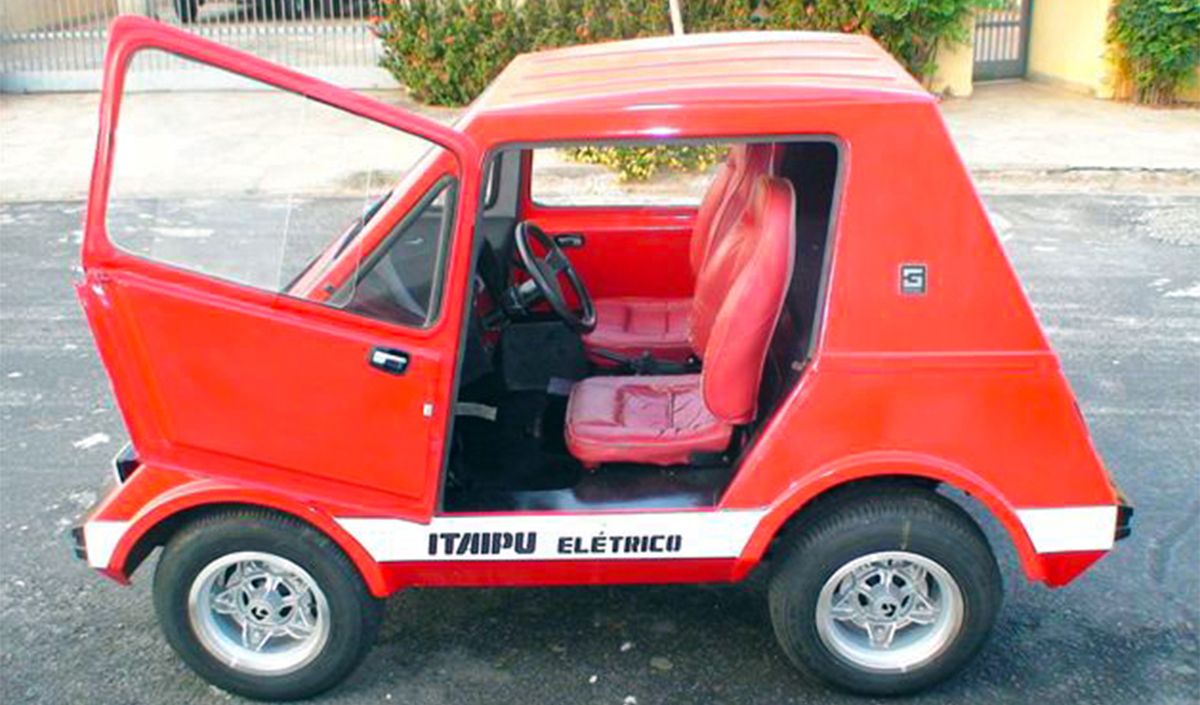
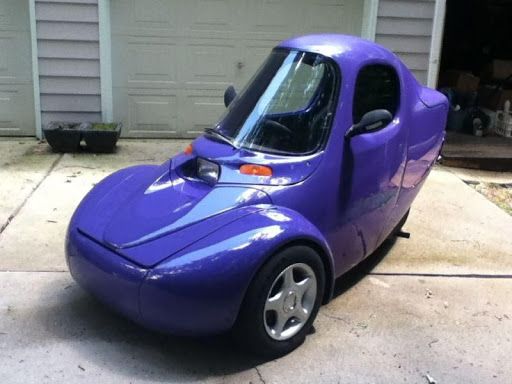
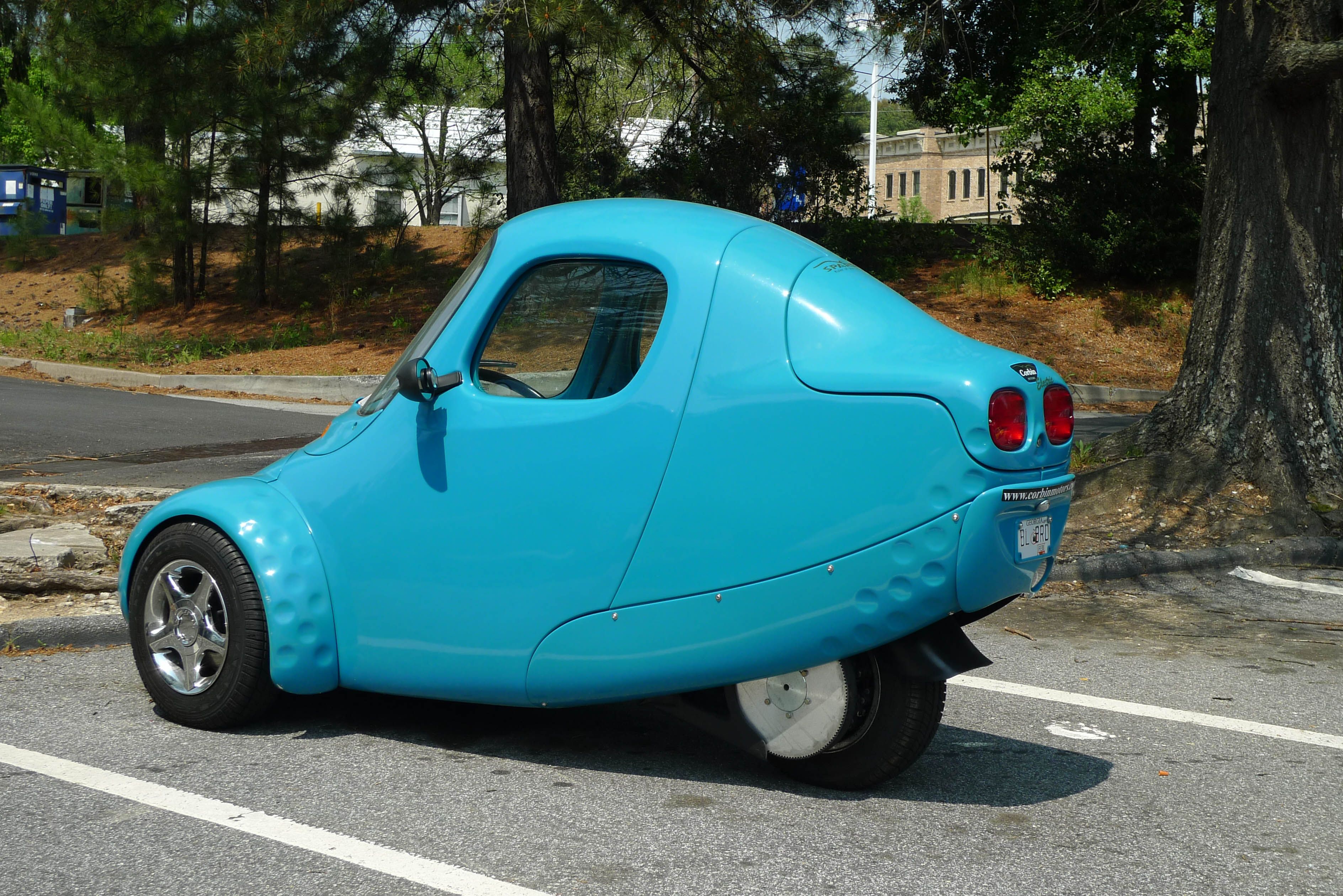
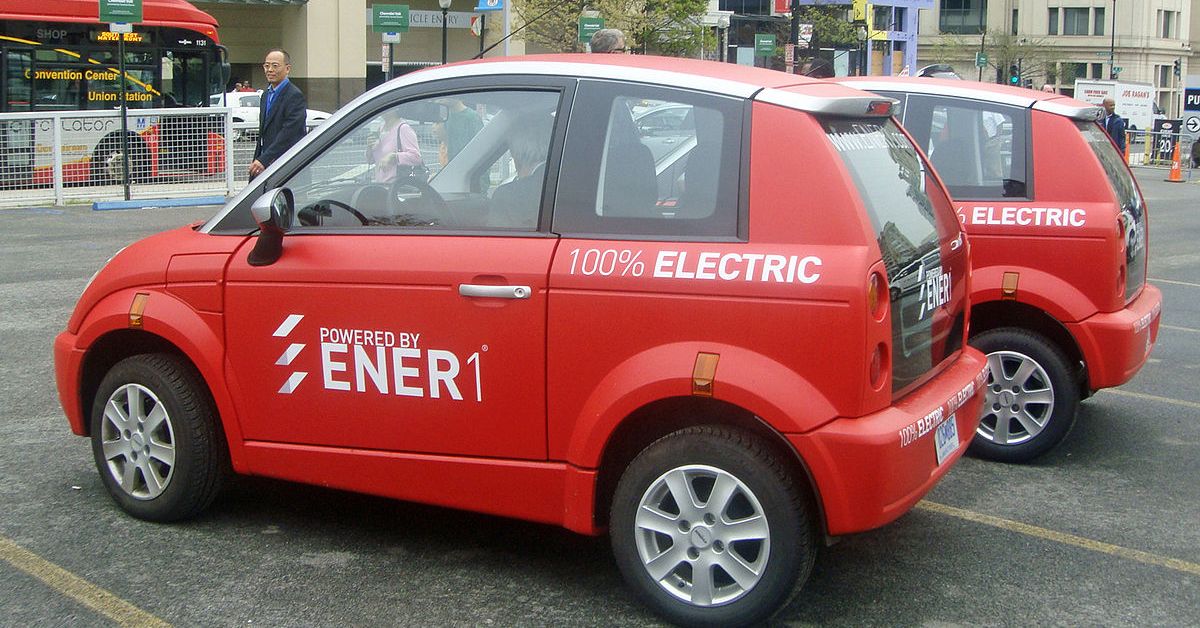
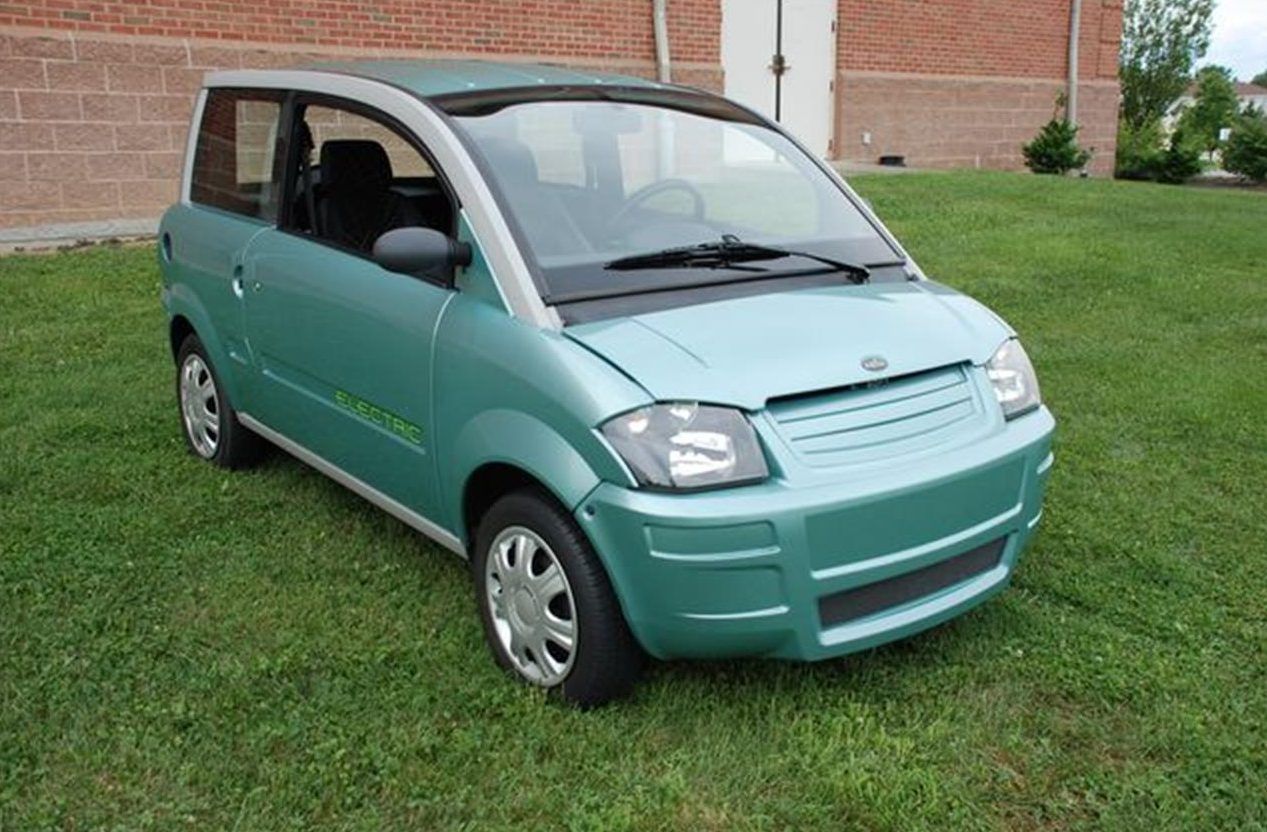
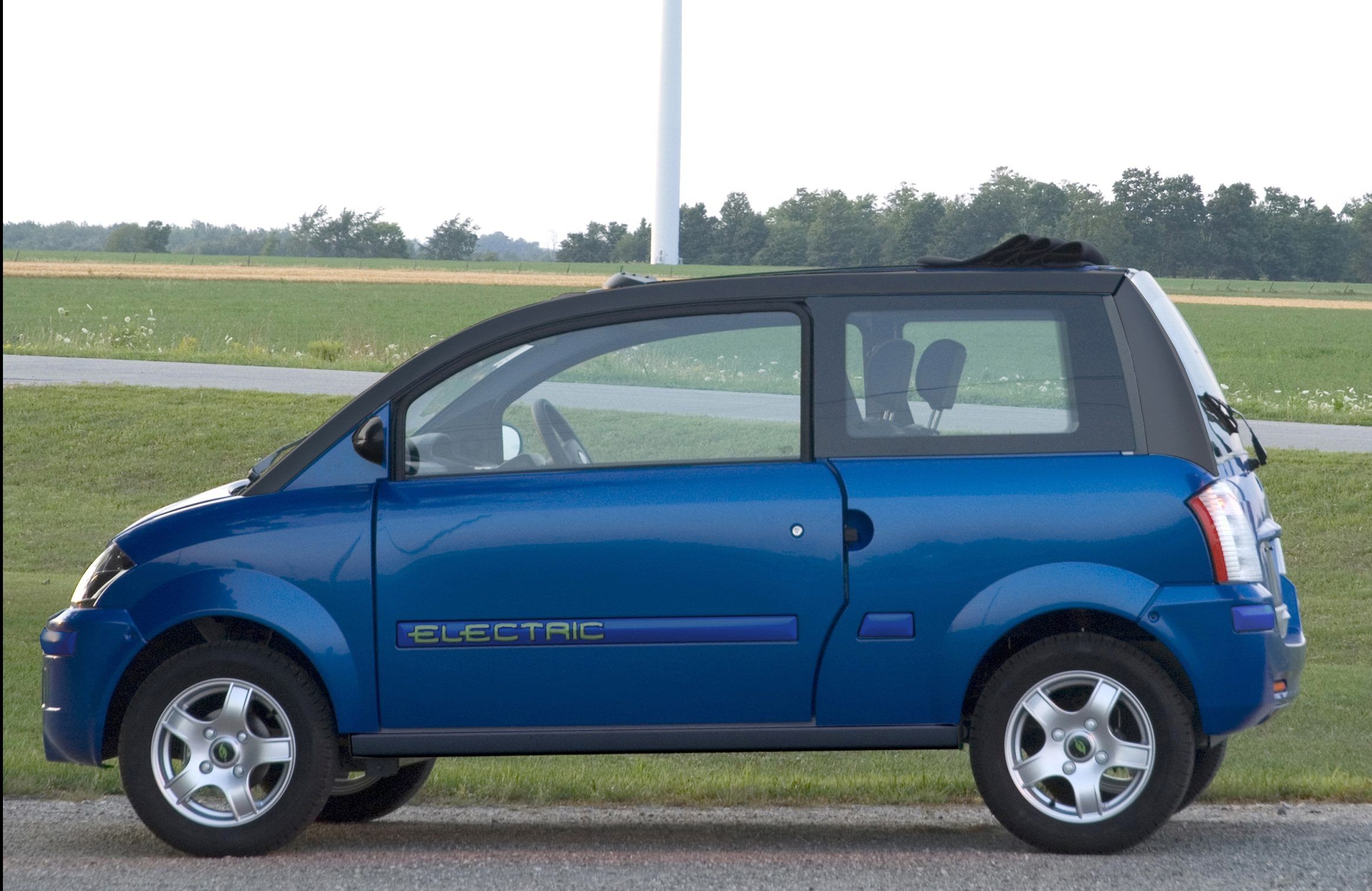
-.jpeg)
